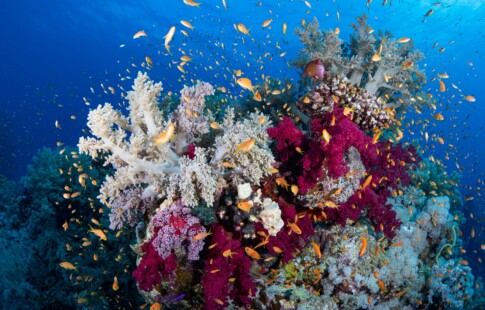
RiverWatch Technology Provides Solution for Polluted Water
We are reader-supported. When you buy through links on our site, we may earn affiliate commission.
To efficiently combat water pollution, scientists, environmental groups, governments and citizens need access to accurate information about water quality. Unfortunately, this data has historically been hard to come by — especially for citizens. The reason is simple: modern technology is expensive and complex. Because of this, water quality isn’t regularly tested in many areas throughout the world. Here’s the good news: a project out of New Zealand — where water quality data is available for less than 10 percent of the waterways — is seeking to change that with a new device known as RiverWatch.
What is RiverWatch Technology?
A group called Water Action Initiative (WAI) along with students from Victoria University developed a device that measures water quality and makes the data available to the public. The device, called RiverWatch, is designed for placement in waterways either on a temporary or permanent basis. It measures pH levels, chemical composition, temperature, conductivity, turbidity and discoloration. WAI then uploads that information to its website and makes it available on a phone app. The solar-powered RiverWatch device is designed to be cost-effective and easy to use. The base unit can be built for one-tenth the price of current monitoring technology, the company claims.
Each unit costs around $2,000. And since WAI is a non-profit organization, its income goes back into conservation efforts. RiverWatch won the World Wildlife Fund (WWF) 2016 Conservation Innovation Award and is a finalist in the 2017 Wellington Gold Awards. The organization plans to launch a crowdfunding campaign soon to start producing the device.
The Importance of Water Quality
Water analysis technology has seen rapid growth in recent years thanks to major advances in optical sensors and biosensors. These new technologies have enabled remote sensing and the use of smart technologies that provide real-time information and insights. Robotic fish equipped with small sensors have even been used to locate sources of hazardous pollution. Water quality also has significant impacts on human health, the economy and the environment, and over the next 100 years, clean water will become increasingly scarce. Unsafe or insufficient water, hygiene and sanitation lead to an estimated 3.1 percent of all deaths worldwide and a number of health conditions.
Water pollution also harms the livelihoods of people who depend on water to make a living, including fishermen and some of those in the tourism industry. Although monitoring and improving water quality can be expensive, the economic impacts make these efforts worthwhile. It’s estimated that every dollar invested in sanitation and drinking water results in $3 to $34 in economic development.
The founders of RiverWatch hope their device will provide more people with the information they need to fix water pollution problems by providing efficient monitoring at an affordable cost. By making this information available to more people, water quality may rise around the world. This could lead to improved environmental, human, and economic health.
Share on
Like what you read? Join other Environment.co readers!
Get the latest updates on our planet by subscribing to the Environment.co newsletter!
About the author

Jane Marsh
Starting from an early age, Jane Marsh loved all animals and became a budding environmentalist. Now, Jane works as the Editor-in-Chief of Environment.co where she covers topics related to climate policy, renewable energy, the food industry, and more.





